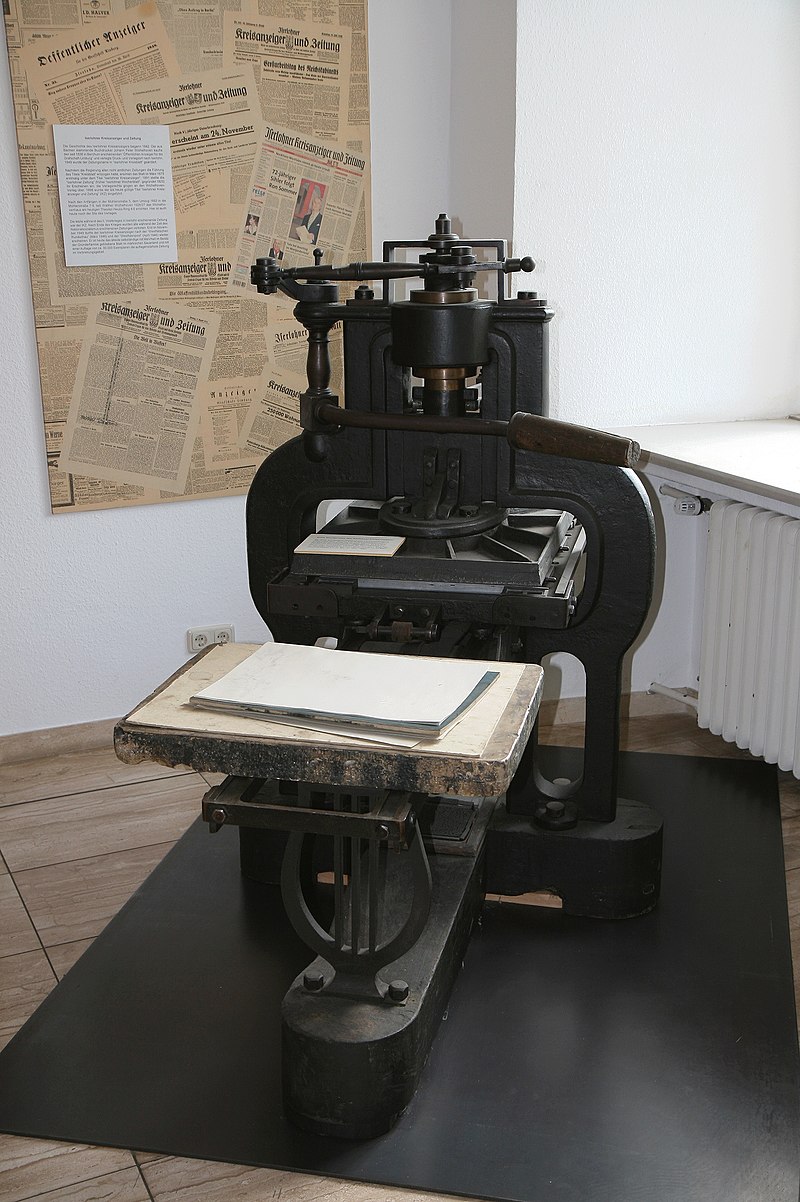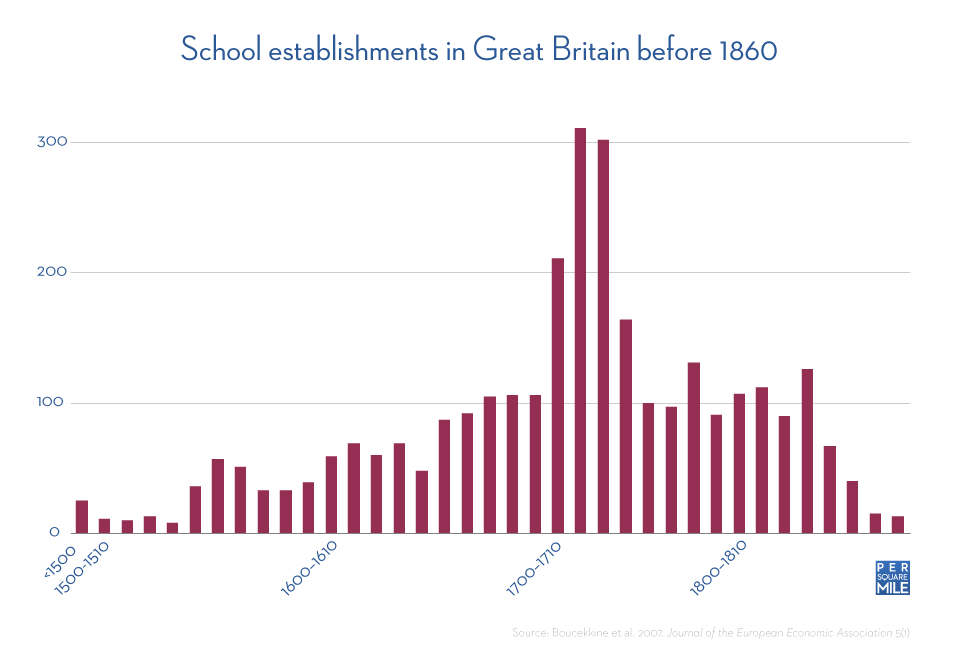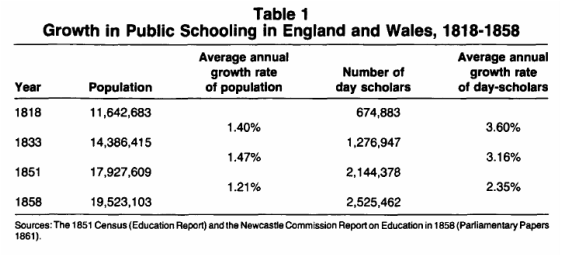Research: EXTRA, EXTRA! More Books Coming Through!
New Inventions
The invention of the printing press was probably the most important invention in history when it came to communication and new ideas. Before the Gutenberg invented it, many books had to be painstakingly written by hand which was not only difficult and time-consuming but also expensive. But with the printing press, books can be easily made in large quantities and can be sold cheaply. The Printing Press was still used during the Industrial Revolution but new improvements allowed printing to be done much faster. One such example was the iron press invented by Lord Stanhope in 1800. The iron press reduced the force to print by 90% while also increasing the size of the print, which allowed the press to print at around 480 pages per hour.

The Stanhope Press in all its glory
But another invention that was also important was the steam engine. Originally made by James Watt, the modern steam engine would make its way to the printing press in 1811 by Friedrich Koenig. These new fancy steam presses were even more impressive than the one done by Stanhope. The steam press could print as many as 1100 pages in an hour and could be printed on both sides. Plus, they were easier to use since the workers wouldn’t need to constantly pull the lever. This was even taken further in 1843 with the rotary press invented by Richard M. Hoe. This beast of a press could print up to a million copies in only one day! Now that is what I call an improvement.

A Steam Printing Press from 1814

The Rotary Press. Now that is huge!
Increase in Literacy
Since more and more pages could be made more easily and quickly, also meant that books were becoming much cheaper and readily available to the everyday citizen. This also meant that the general population was becoming more literate and educated thanks to the help of the large quantities of books. To show how much books made people smarter, the literacy rate during the 16th century in England was around 58% in men and 26% in women. But two centuries later, the literacy for men went up by 70% and 32% for women. This is because of the establishment of a new school system and thus, children were becoming more educated in schools. As a result, textbooks were made in large quantities to allow children to gain new knowledge about the world. Moreover, public libraries were starting to pop up during this time that allowed adults to come and read books during their spare time and learn new things.

A graph showing the number of schools established in the UK over the years

Table of the growth of public schools in England and Wales
Summary
In this class, we discussed the advent of the Industrial Revolution and how new inventions like the Steam Machine, lithography, etc allowed for new ways to display texts. This revolutionary period saw the rise of new typefaces like fat-face and san serif as well as advertisement, newspapers, and bigger prints. On the opposite side of the West, Japanese artists start to develop their own unique style called Ukiyo-e and how their style eventually came to Europe and creating a new style called Japonism. I overall thought that this period is where things become a lot more interesting and technical when it came to communication. With improvements with printing and transportation, we get to see the beginnings of corporate advertisement and extravagant fonts and start to see a real uprising in type and poster design. And with Japan becoming a new player in the world, we also see a new start in globalization where people from different parts around the globe would start learning new cultures and become inspired. Plus, with education starting to establish, people are becoming more knowledgeable and are communicating more than ever. The Industrial Revolution was definitely indeed one big revolution.
Sources
https://persquaremile.com/2011/11/11/population-density-fostered-literacy-the-industrial-revolution/
http://www.ooshirts.com/guides/The-Printing-Press-and-Its-History.html
https://industrialrevolutiongroupbuddies.weebly.com/education.html
Images
https://industrialrevolutiongroupbuddies.weebly.com/education.html
https://persquaremile.com/2011/11/11/population-density-fostered-literacy-the-industrial-revolution/
https://en.wikipedia.org/wiki/Charles_Stanhope,_3rd_Earl_Stanhope
https://en.wikipedia.org/wiki/Rotary_printing_press
http://whattheythink.com/news/71509-two-hundred-years-steam-driven-cylinder-printing-press/
Leave a Reply